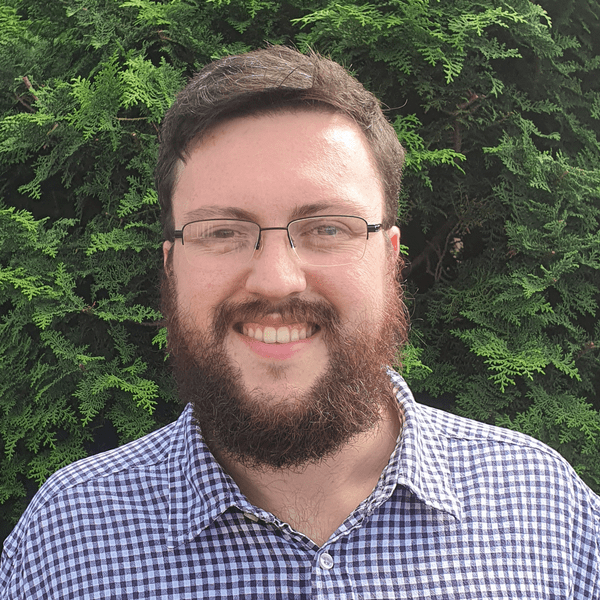| University | University of Groningen (UG) |
| Institute and/or group | Zernike Institute for Advanced Materials (Zernike) |
| Advisors | Prof. dr. Patrick Onck (UG), Prof. dr. Wouter Roos (UG) |
| oLife Research Areas | III. Modelling, predicting and steering of Life II. Defining properties and synthesis of Life, from the molecular to the biosphere level |
| Start date
End date Next career step |
September 1, 2020
August 31, 2023 Extension at UG till August 31, 2024 |
Profile of the fellow
Mark Driver was born and raised in England. He obtained his MSci (2015) and PhD (2020) from the University of Cambridge, with theses supervised by Prof. Christopher Hunter. In his PhD thesis, ‘The SSIP approach to solvation’, he explored the role of non-covalent interactions on solvation and their influence on liquid properties. He received a grant from the Chemical Structure Association (CSA) trust to present his work on functional group interaction profiles at EUCheMS 2018. He also developed a new approach to solvent similarity quantification.
Throughout his PhD he dedicated time to the supervision of undergraduate students, aiding in the development of a new course on python for chemists. He was also involved in the representation of graduate students at a college, department and university level.
His research interests have been focussed towards the development of computational models to gain insight into the driving forces for physical processes and to direct future experimental research.
RNA-protein interactions in molecular life and health
Contemporary organisms that can undergo Darwinian evolution are dependent at a molecular level on the replication, transcription and translation of information encoded in DNA, the primary biological information carrier. The molecular machinery that has evolved to undertake this process is vastly complex. RNA polymers perform a variety of roles within this framework, including transport of information by messenger RNA (mRNA) from DNA by transcription to allow translation at the ribosomes into proteins. In carrying out its role, RNA continuously communicates with proteins, making these interactions one of the key molecular interactions in life.
The aim of this research project is to understand the role of RNA-protein interactions in life’s essential molecular processes. To do so we will develop a coarse-grained molecular dynamics model that enables the simulation of large collections of biomolecules over sufficient timescales to study essential molecular processes in the cell, including (1) mRNA nuclear export and (2) RNA-protein phase separation.
In Eukaryotic cells, the transit of mRNA from the nucleus to the ribosome, requires passage through the nuclear pore complex (NPC). The NPCs, embedded in the nuclear envelope, act as gates controlling passage of molecules in and out of the nucleus, and are composed of a large assembly of proteins. RNA binding proteins (RBPs) act as molecular chaperones, enabling passage of mRNA through the NPC. Simulations of mRNA-RBP complexes in NPCs will provide insight into the role of NPC transit in modulating gene expression and normal cellular function.
In present day prokaryotic cells, spatial division of the cellular interior (cytoplasm) by membranes is not present, a feature which is shared by some early life forms. Here, compartmentalisation is also enabled through the process of phase separation of RNA-protein systems, forming liquid like droplets distinct from the wider cytoplasmic environment. These structures provide spatiotemporal organisation of RNA which may be important in RNA processing reactions, transit or produce catalytic activity not possible in a uniform cytoplasm. Understanding the RNA-protein interactions during phase separation will not only lead to insights into the development of early life but will also provide enhanced understanding in normal and pathological cellular functions. The coarse-grained molecular dynamics model will be set-up in a generic manner, enabling application to RNA-protein and DNA-protein interactions in other essential biological processes as well, including viral assembly and the role of chromatin in gene expression.

Dr. Mark Driver
